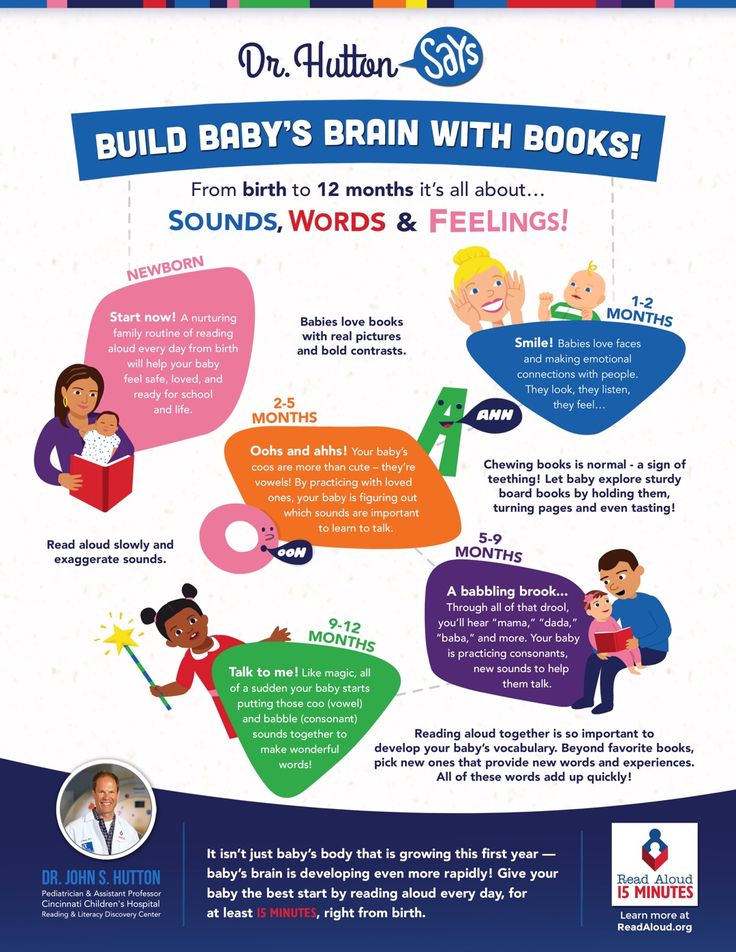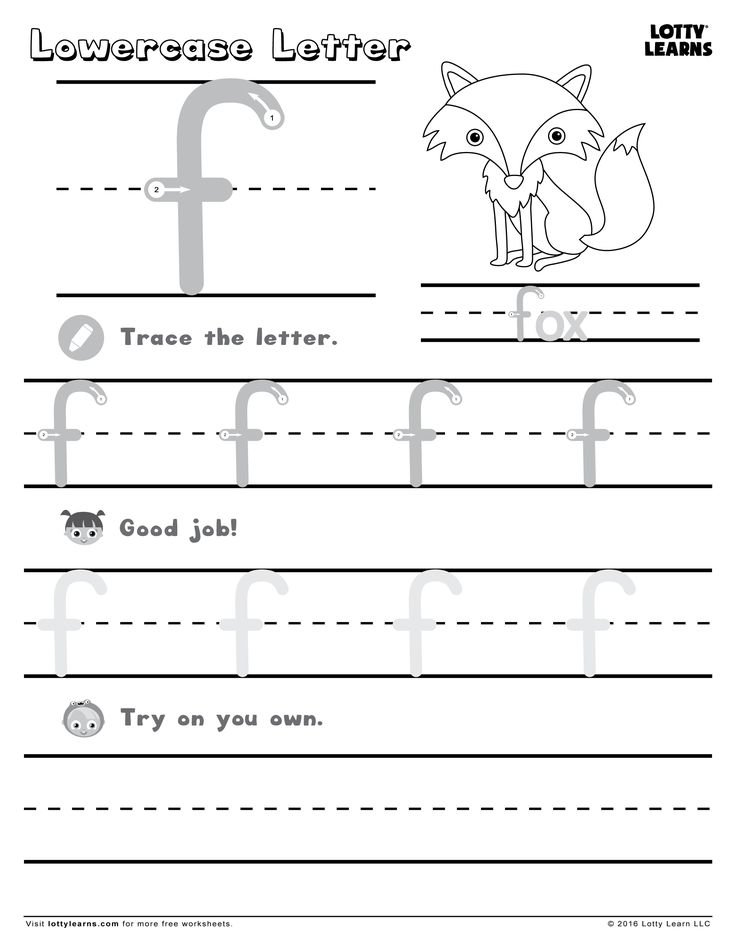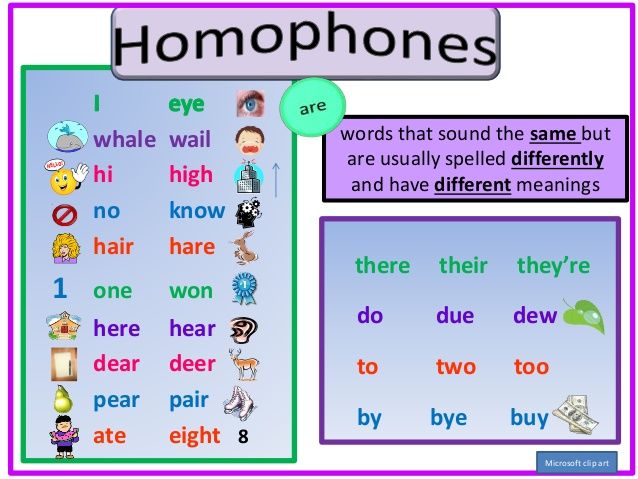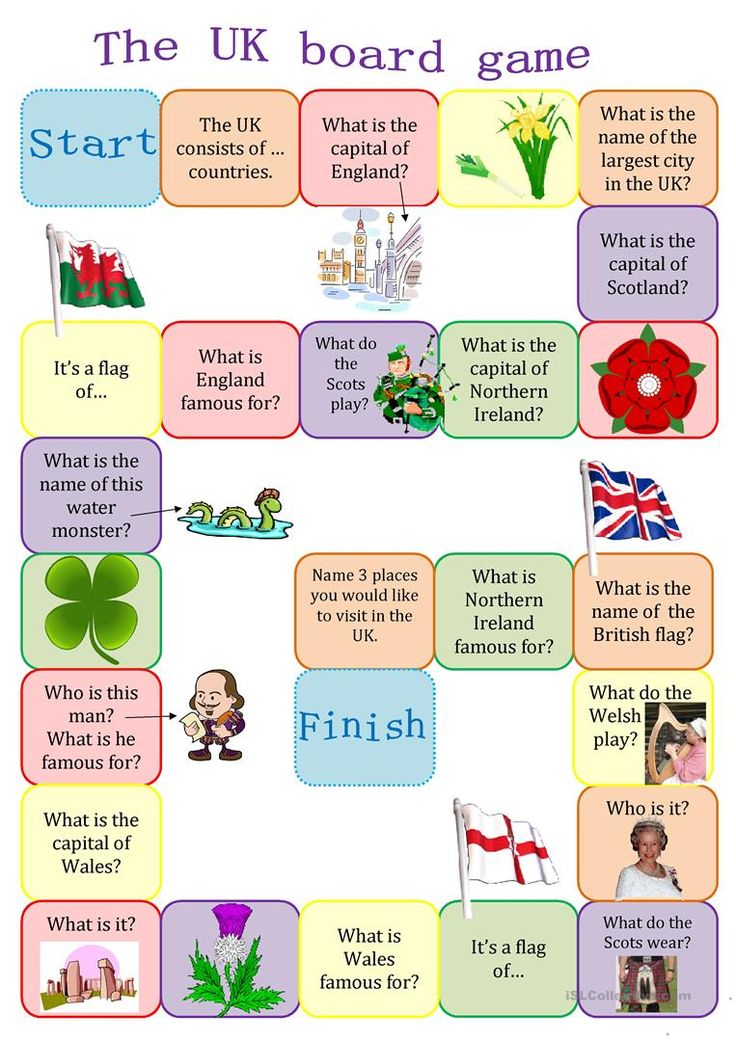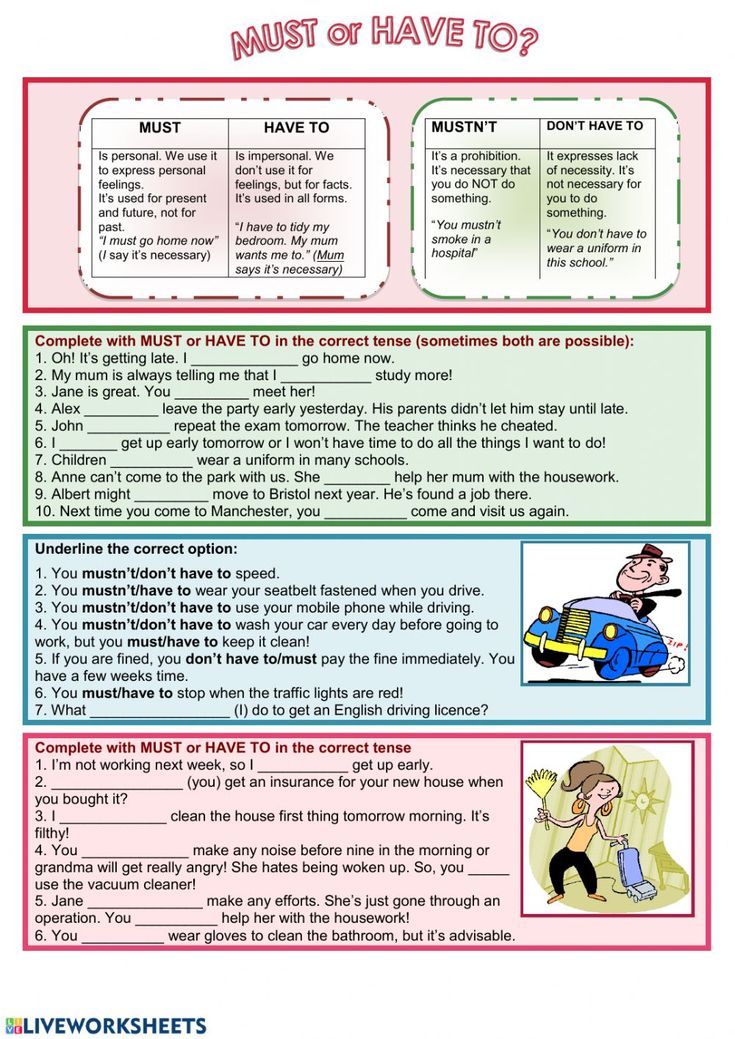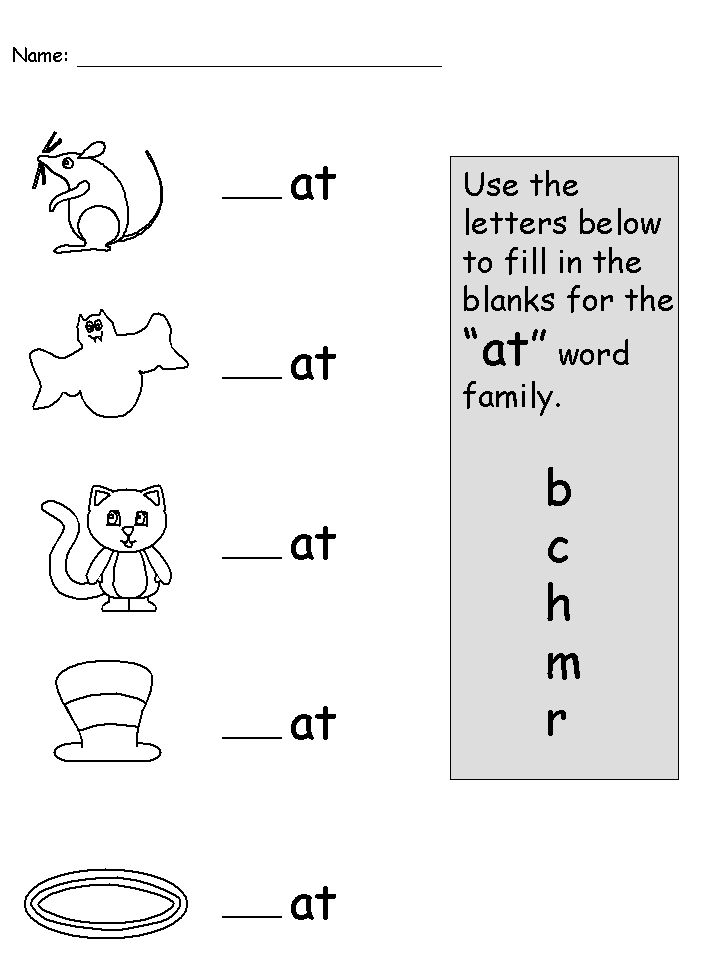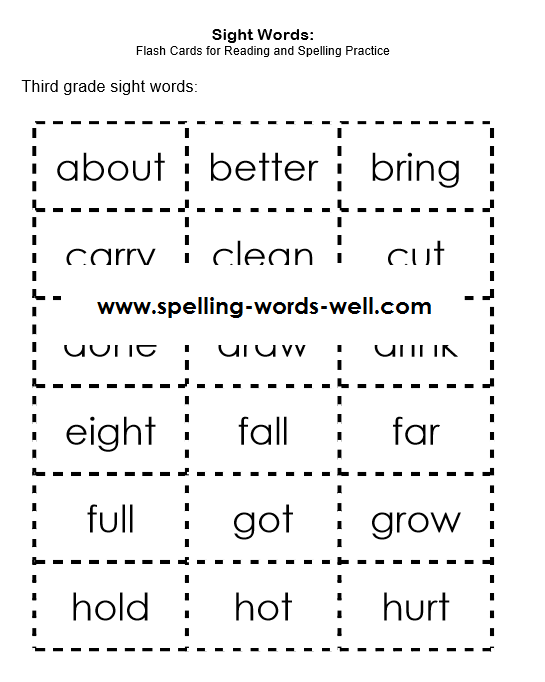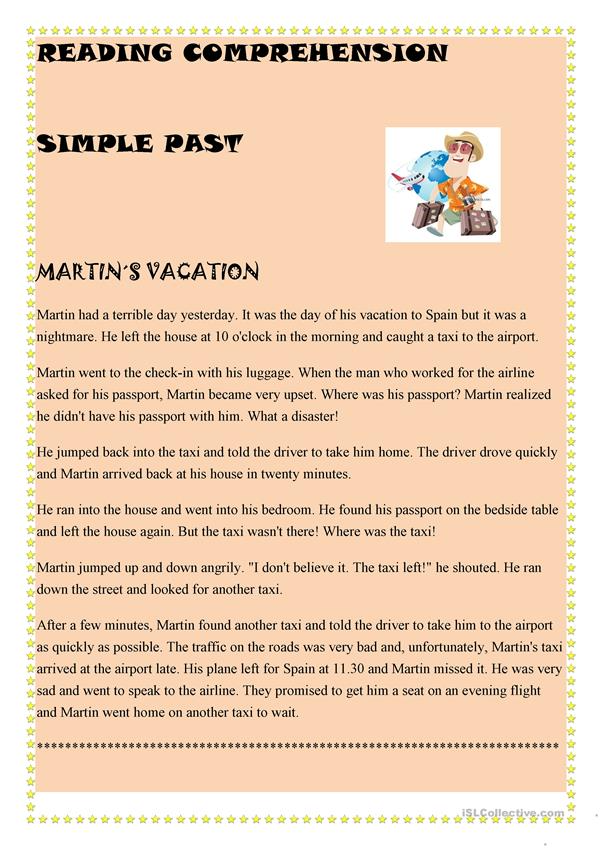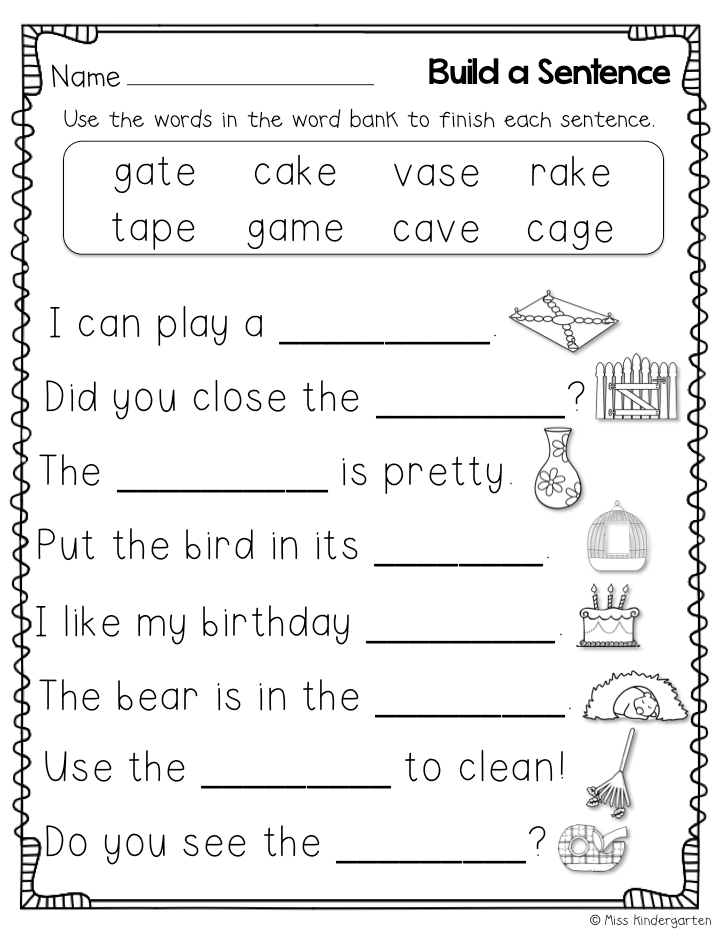Why read alouds are important
Reading Aloud to Build Comprehension
Goodnight Moon by Margaret Wise Brown is a beloved children's bedtime story. Young children instantly relate to the struggle of the little bunny trying to get to sleep. Such stories are memorable because they move children and allow them to make personal connections that inspire them to think more deeply, to feel more wholeheartedly, and to become more curious listeners.
Many of us can remember from our own experience the precious time spent sharing and talking about stories. We remember relating to the friendship between a little girl and a teddy bear named Corduroy in the book of the same name by Don Freeman. We also related to the friendship between a spider and her pig friend, Wilbur, in E.B. White's Charlotte's Web.
We connected to the characters, their situations, or the settings in which the stories took place. Little did we know that when we were making such connections we were learning to think and act like good readers. Because reading aloud provides children with a model of confident and expert reading, many parents and teachers make it a vital part of their teaching practice.
Helping children understand what they read
This article praises the power of reading aloud and goes a step further to praise the power of thinking out loud while reading to children. It's an easy way to highlight the strategies used by thoughtful readers.
Katherine Paterson, author of Bridge to Terabithia, once told a seventh-grader, "A book is a cooperative venture. The writer can write a story down, but the book will never be complete until a reader, of whatever age, takes that book and brings to it his own story." Developing into this kind of reader requires children to become conscious of the multiple comprehension strategies that allow them to deeply understand and engage with the material.
This article focuses on three specific comprehension strategies:
- Connecting books to children's own life experience
- Connecting the books children are reading to other literature they have read
- Connecting what children are reading to universal concepts
The first three sections of this article present current research and practices related to reading aloud. The last section shows how to apply this research to your work with children. We will discuss the important benefits of reading aloud; how to choose good books to read aloud; how to model or teach comprehension strategies as you read aloud; and examples of how to use these comprehension strategies with two sets of books.
The last section shows how to apply this research to your work with children. We will discuss the important benefits of reading aloud; how to choose good books to read aloud; how to model or teach comprehension strategies as you read aloud; and examples of how to use these comprehension strategies with two sets of books.
The benefits of reading aloud
Reading aloud is the foundation for literacy development. It is the single most important activity for reading success (Bredekamp, Copple, & Neuman, 2000). It provides children with a demonstration of phrased, fluent reading (Fountas & Pinnell, 1996). It reveals the rewards of reading, and develops the listener's interest in books and desire to be a reader (Mooney, 1990).
Listening to others read develops key understanding and skills, such as an appreciation for how a story is written and familiarity with book conventions, such as "once upon a time" and "happily ever after" (Bredekamp et al., 2000). Reading aloud demonstrates the relationship between the printed word and meaning – children understand that print tells a story or conveys information – and invites the listener into a conversation with the author.
Children can listen on a higher language level than they can read, so reading aloud makes complex ideas more accessible and exposes children to vocabulary and language patterns that are not part of everyday speech. This, in turn, helps them understand the structure of books when they read independently (Fountas & Pinnell, 1996). It exposes less able readers to the same rich and engaging books that fluent readers read on their own, and entices them to become better readers. Students of any age benefit from hearing an experienced reading of a wonderful book.
Choosing good books
Children need to be exposed to a wide range of stories and books. They need to see themselves as well as other people, cultures, communities, and issues in the books we read to them. They need to see how characters in books handle the same fears, interests, and concerns that they experience (Barton & Booth, 1990). Selecting a wide range of culturally diverse books will help all children find and make connections to their own life experiences, other books they have read, and universal concepts.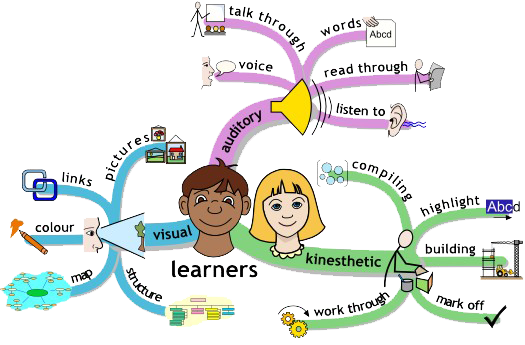 (Dyson & Genishi, 1994).
(Dyson & Genishi, 1994).
Children use real life to help them understand books, and books help children understand real life. Choose books that invite children to respond with enthusiasm and understanding. Look for books with rich language, meaningful plots, compelling characters, and engaging illustrations (Gambrell & Almasi, 1996).
Keep two simple questions in mind: Is it a good story? Is it worth sharing with my student? Other ideas to consider when selecting good books include:
- Is the book worthy of a reader's and listener's time?
- Does the story sound good to the ear when read aloud?
- Will it appeal to your audience?
- Will children find the book relevant to their lives and culture?
- Will the book spark conversation?
- Will the book motivate deeper topical understanding?
- Does the book inspire children to find or listen to another book on the same topic? By the same author? Written in the same genre?
- Is the story memorable?
- Will children want to hear the story again?
"Think aloud" to model how to make connections
By modeling how fluent readers think about the text and problem solve as they read, we make the invisible act of reading visible.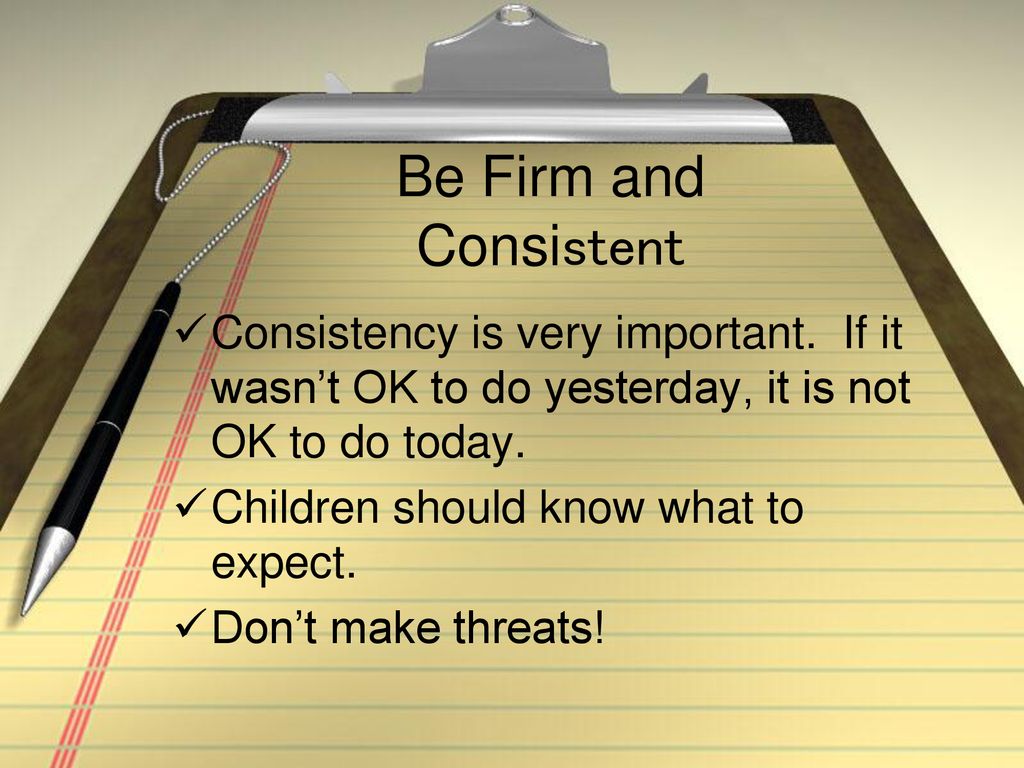 Modeling encourages children to develop the "habits of mind" proficient readers employ.
Modeling encourages children to develop the "habits of mind" proficient readers employ.
Helping children find and make connections to stories and books requires them to relate the unfamiliar text to their relevant prior knowledge. There are several comprehension strategies that help children become knowledgeable readers. Three are:
- Connecting the book to their own life experience
- Connecting the book to other literature they have read
- Connecting what they are reading to universal concepts
- (Keene & Zimmermann, 1997)
Helping children discover these connections requires planning and modeling. Parents and teachers can encourage and support thinking, listening, and discussion, and model "think-alouds," which reveal the inner conversation readers have with the text as they read (Harvey & Goudvis, 2000). Parents and teachers can point out connections between prior experiences and the story, similarities between books, and any relationship between the books and a larger concept.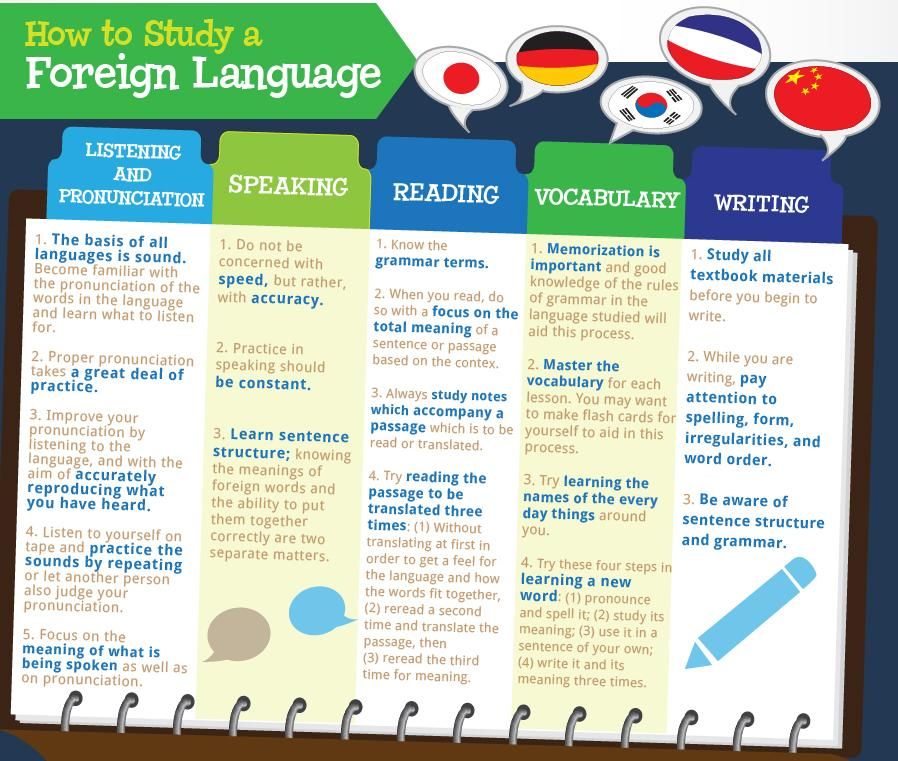
Here are some examples of "think-alouds":
- To make connections between the book and your own life, think aloud as you share. When you read the beginning of A River Dream by Allen Say, for example, you can comment, "This book reminds me of the time my father took me fishing. Have you ever been fishing?"
- To make connections between related books with the same author or similar settings, characters, and concepts, say "Mufaro's Beautiful Daughters by John Steptoe is an African tale that is similar to the tale of Cinderella. Both stories are about sisters – one kind and the other spiteful. Do you know any stories about nice and mean sisters or brothers? Let's continue reading to find out other ways the stories are similar."
- To connect a book to a larger world or universal concept, you could say to your student, "Stellaluna by Janell Cannon helps me understand that we are all the same in many ways, but it's our differences that make us special.
 "
"
While fluent readers make these types of connections with ease, many readers do not. Children need to be shown this type of thinking and then asked to join in and participate in book conversations. This active involvement gives you, the teacher, a glimpse into each reader's thinking.
Putting it all together
We found that many children's books are based on classic or universal concepts that come up again and again: understanding ourselves, exploring relationships with families and friends, and investigating other communities, people, and ideas. These concepts help children better understand the social fabric that makes up our world.
One way to begin training parents in how to use "think alouds" is to bring a selection of books with a universal theme, like friendship or family traditions, and have parents read them aloud to one another. Prompt parents to think about the comprehension strategies they are using and to make the same connections they want children to make.
The following are two collections of books that lend themselves especially well to "think alouds."
Read aloud collection 1: We can be anything we want to be
This sample set of books communicates the idea that we can be anything we want. As children develop their sense of self, they often doubt their own abilities. These stories allow children to share such doubts and they model how children can reach their goals.
- Concept: We can be anything we want to be.
- Anchor book: Amazing Grace by Mary Hoffman
- Companion book: The Wednesday Surprise by Eve Bunting
- Companion book: City Green by DyAnne DiSalvo-Ryan
- Age range: All
Amazing Grace opens the conversation. Begin by asking an open-ended question to help the listener make a connection between the book and his or her own life experience. For example, "Grace loves to pretend to be characters from stories.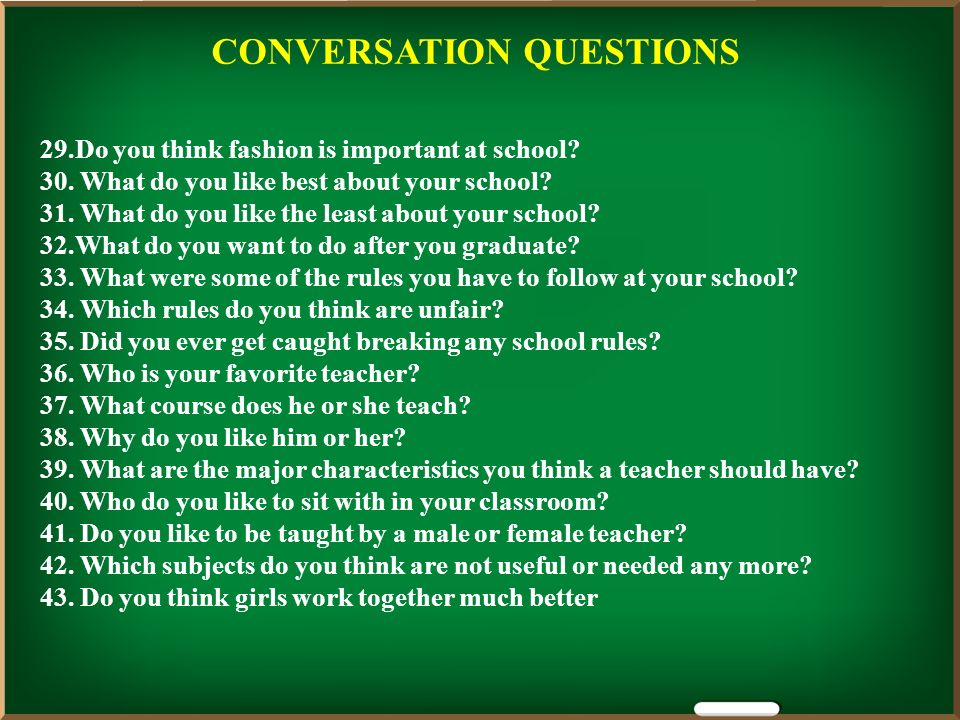 When you pretend, who do you like to be?"
When you pretend, who do you like to be?"
The story then reveals that Grace wants to play Peter in her class's production of Peter Pan, but the other kids tell her she cannot – Peter's neither African American nor a girl. Model thinking out loud with a connection such as, "This reminds me of the time I was told I couldn't play soccer because I couldn't run fast enough." This helps draw the listener into the connection.
Ask the listener to share his own experiences, and to predict what Grace might do next. Like many children, Grace turns to her family. Nana, Grace's grandmother, takes her to see an African American ballerina performing Juliet from Romeo and Juliet. While this reference may be lost on some children, they will relate to the line from the story, "I can be anything I want?"
Children will be eager to predict the ending of the story – at the tryouts for the play, the class agrees that Grace is best – and will relate to the last line of the book, "If Grace put her mind to it, she can do anything she wants.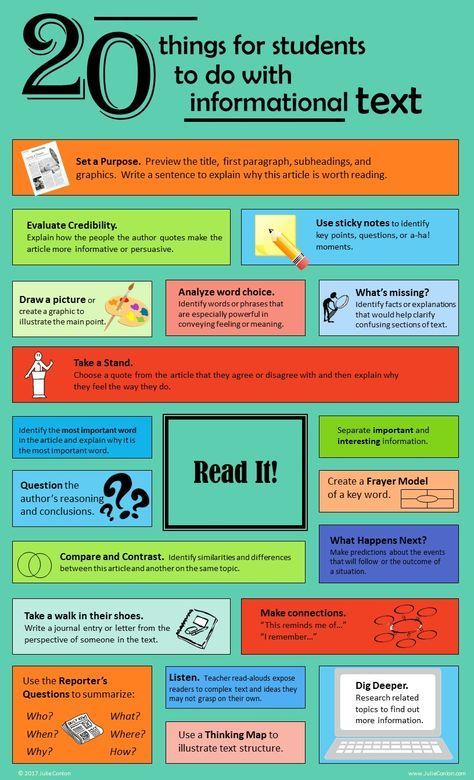 "
"
In The Wednesday Surprise, Anna and Grandma work every Wednesday night on a surprise for Dad's birthday. At the beginning of the story, ask your student to talk about hir or her experiences of attending surprise parties, being watched by a babysitter, having a grandparent who lives nearby, or simply reading books with someone – including with you.
As the story continues, model book-to-book connections. For example, "This story is about the relationship between a grandmother and her granddaughter. There were also a grandmother and granddaughter in Amazing Grace. Do you think these two stories will be alike? Let's keep reading to find out."
Encourage your student to think about what reading every Wednesday night might have to do with the surprise. The story reveals that Anna is teaching her grandmother how to read. Although Dad thinks he has received all his presents, Grandma gives him the best one of all – she reads aloud the stories that Anna has taught her.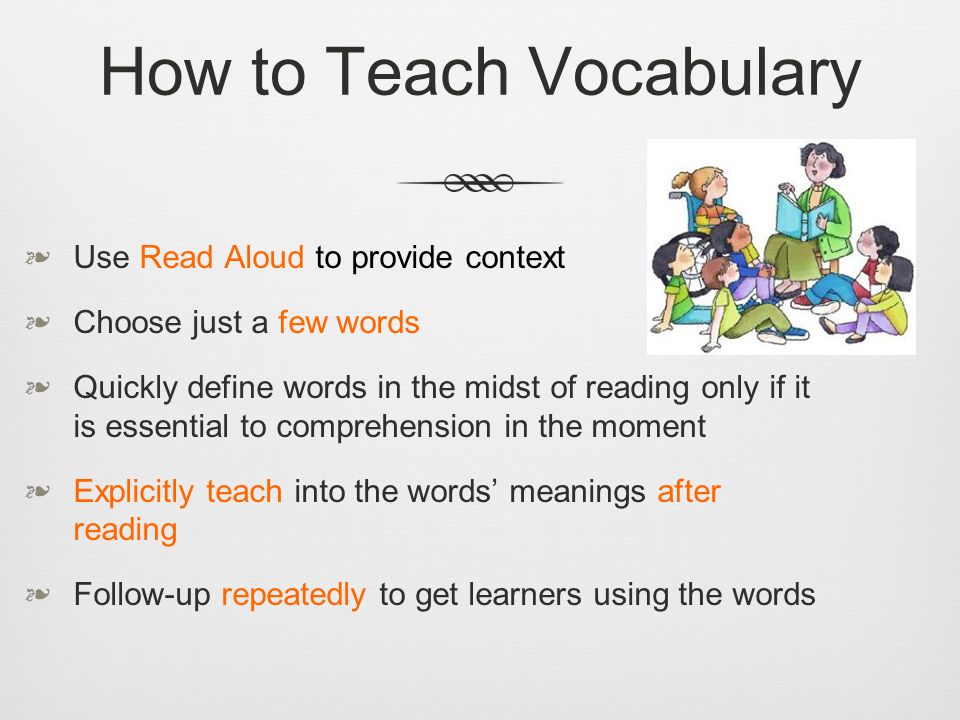
Draw out the book-to-book connection: "When I read that Anna's grandmother wanted to be a reader, I think that the story is about how we can be anything we want to be. This reminds me of the story, Amazing Grace. Grace also believed she could be anything she wanted to be. Also, like that story, this one shows the relationship between a grandmother and a grandchild." Then follow i[ with an open-ended question to your student, "How is Anna's relationship with her grandmother different than Grace's?"
City Green is the last book in this set. Like the others, it is well written and supports the universal concept of self-determination.
When a young girl and her elderly friend create a community garden, an empty lot in an urban neighborhood is transformed into a wonderful place filled with flowers and vegetables. While many children may not have had experiences with community gardens, they may connect to the city scene and the idea of wanting the place you live to be beautiful.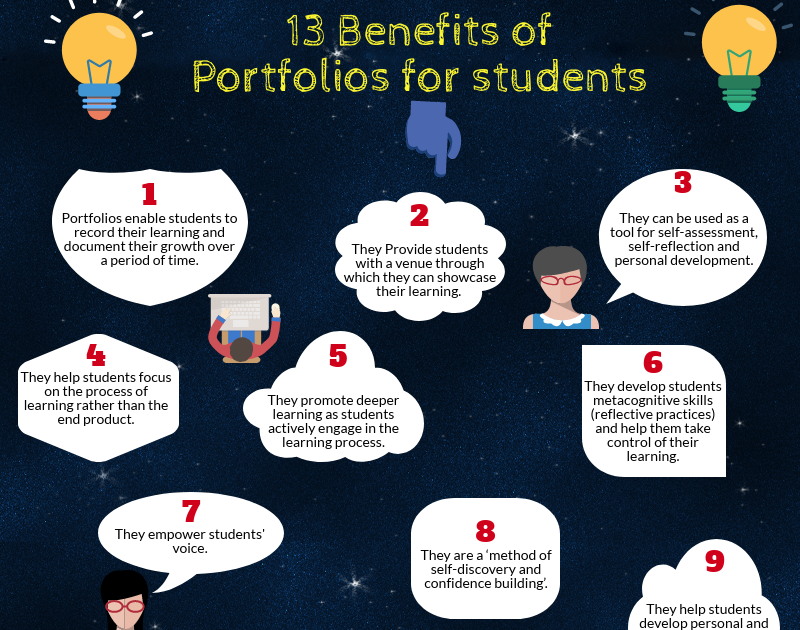
By this time, your student might be eager to share her thoughts on book-to-book connections. All three stories depict a grandparent figure and a young girl. All three show how the two work together to get something done. In both Amazing Grace and City Green, the characters did not believe in something, but had a change of heart.
Connections between books and universal concepts are made during the reading of each story, and deepen after the last story. You might model how all three stories support the idea that we can be anything we want. "Grace wanted to be Peter Pan. Anna's grandmother wanted to be a reader. What did Marcy want to be in City Green? What would you like to be? Who will help you become what you want to be?"
Read aloud collection 2: Being a newcomer
This collection allows children to share their own stories of being new to a situation and to gain an awareness of the experiences of other newcomers. In addition, these stories allow you to discuss ideas about diversity and acceptance with your student.
- Concept: Being a newcomer is filled with challenges and memories.
- Anchor book: Painted Words/Spoken Memories by Aliki
- Companion book: Going Home by Eve Bunting
- Companion book: The Memory Coat by Elvira Woodruff
- Companion book: My Freedom Trip by Frances Park and Ginger Park
- Age range: Second grade and up
Painted Words/Spoken Memories is the anchor book for this theme. It is a picture book that shows two aspects of the immigrant experience, both from a child's perspective. The first story, "Painted Words," follows Marianthe or Mari, who is new to the United States, and her mother on the dreaded first day of school.
Some children have personal stories of being new to this country; others have stories of being new to a classroom, school, or neighborhood. These experiences will help relate what you read to the theme.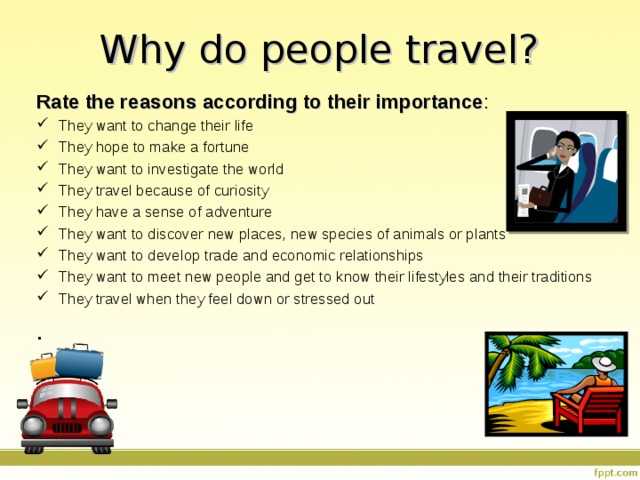 Your conversations with your student may include topics such as moving to a new home, making new friends, or learning a new language.
Your conversations with your student may include topics such as moving to a new home, making new friends, or learning a new language.
In the "Spoken Memories" section of the book, Mari shares her life story through art. Encourage your student to share parts of his life story by modeling how to do so. "My mother used to tell me stories about what it was like to leave her home in Jamaica. Has your family always lived in this area or did they move here from some place else?" Try to be sensitive if the child is not comfortable sharing. Your student will see herself as a storyteller and immediately relate to this aspect of the book.
Like "Painted Words", Going Home is about a family leaving one country to live in another. Ask your student to make this connection between the two books. This book also presents the idea that parents may call one place home, and their children, another. When Carlos and his family go to his parents' village for Christmas, he realizes the sacrifices his parents have made so their children may have better lives.
Pause to listen to your student's thoughts about work, family values, and so on. Reread the lines from "Spoken Memories": "People were leaving our poor village. They were going to a new land, hoping for a better life." This line will emphasize the connection between the two books.
Compared to the first two, the remaining books in this collection may be more abstract (for some children). The Memory Coat begins at the turn of the century in the characters' native country and ends in the United States. The character, Grisha, who has lost his parents, will not give up the tattered coat his mother made him before her death.
Unless your student has a personal experience with immigration, it will be the coat that he or she relates to. Your student will likely make a connection between a sentimental or favorite item he or she could not part with and the character's need to hang onto the coat.
My Freedom Trip is the last companion book in this collection.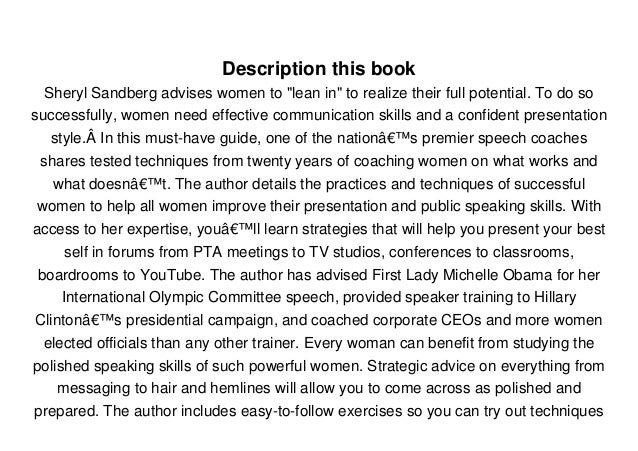 Unlike the other books, the characters in this book do not immigrate to the United States. They flee North Korea for a better life in South Korea.
Unlike the other books, the characters in this book do not immigrate to the United States. They flee North Korea for a better life in South Korea.
Your student may want to compare and contrast this story with the others for a richer understanding. Explore the idea that many people leave their countries or communities for a better life, and a better life does not necessarily have to take place in the United States. You can also ask, "What are the things that make life better?" Through this rich discussion, you can help your student make connections between the books and the main concept of the collection – being a newcomer is filled with challenges and memories.
Final thoughts
Developing comprehension strategies through reading aloud requires planning and setting up an environment of thinking, listening, and discussion. You will soon learn how to follow your student's lead: modeling connections, asking questions, encouraging discussion, and using literature to prompt personal storytelling.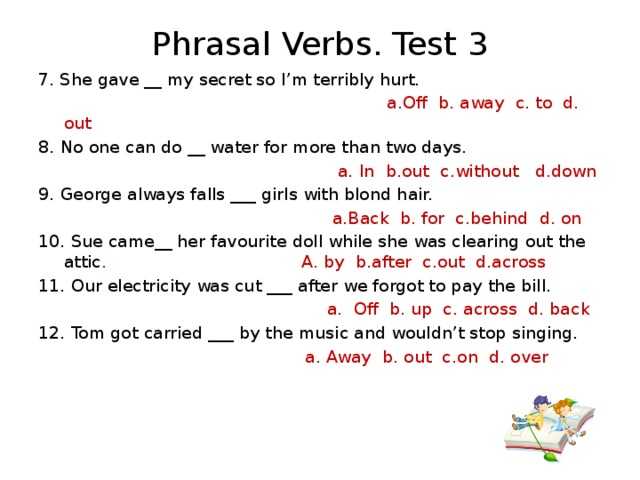
Become comfortable with slight diversions. Through conversations and diversions, children make meaning and share connections that are relevant to them. Reading aloud to children gives them the opportunity to try on the language and experience of others. It helps them make connections with their lives, and informs their view of themselves and others. Thinking aloud helps children learn how to use comprehension strategies that are important when reading independently.
Sample read aloud collections to try
Family traditions (Age range: all)
- Chicken Sunday by Patricia Polacco
- Dumpling Soup by Jama Kim Rattigan
- Owl Moon by Jane Yolen
Friendship (Age range: all)
- Chester's Way by Kevin Henkes
- Henry Hikes to Fitchburg by D. B. Johnson
- Matthew and Tilly by Rebecca C. Jones
- Henry and Amy (Right-Way-Round and Upside-Down by Stephen Michael King
- Ira Sleeps Over by Bernard Waber
Immigration (Age range: second grade and up)
- Painted Words/Spoken Memories by Aliki
- Going Home by Eve Bunting
- How Many Days to America? A Thanksgiving Story by Eve Bunting
- My Freedom Trip by Frances Park and Ginger Park
- The Memory Coat by Elvira Woodruff
The wonders of literacy (Age range: second grade and up)
- More Than Anything Else by Marie Bradby
- Papa's Stories by Dolores Johnson
- Amber on the Mountain by Robert Johnston
- Tomás and the Library Lady by Pat Mora
- Thank You, Mr.
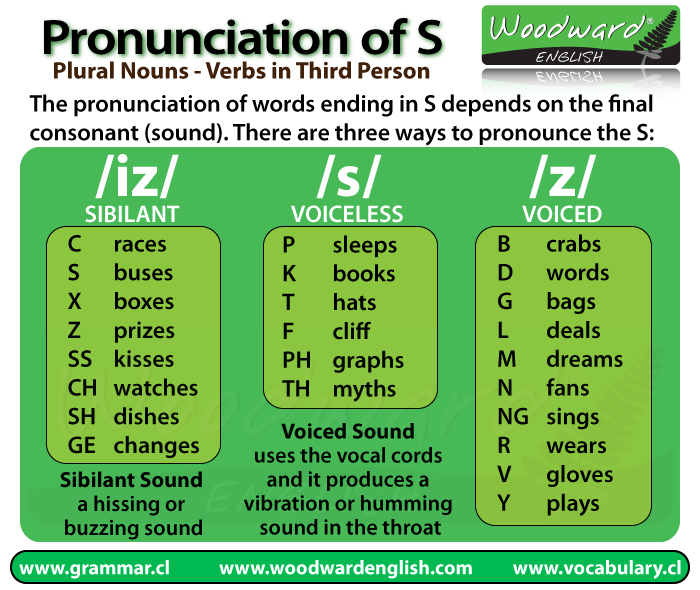 Falker by Patricia Polacco
Falker by Patricia Polacco
The Power of Read Alouds // How to Perform an Effective Interactive Read Aloud
Interested in learning more about read alouds? Check out the "We Are All Readers and Writers" book talks!
As a teacher, I have always loved reading aloud to my students, no matter what grade level I was teaching. I have done read alouds for second graders, middle schoolers, undergraduates, graduate students, and even principals. Storytelling is a fundamental aspect of our community and humanity. Christ, our greatest teacher, knew well the power of story to instruct. The act of reading aloud makes text come alive and produces its own kind of magic.
As a mom, I couldn't wait to read aloud to our daughter. I started reading aloud as soon as I found out as I was pregnant. Now that our daughter is three, every night she chooses the book she wants us to read to her from her bookshelf and if it's one that we've read a lot, she can "read" it back to us. Goldilocks and the Three Bears and Mixed: A Colorful Story are current favorites that she can recite by heart.
Goldilocks and the Three Bears and Mixed: A Colorful Story are current favorites that she can recite by heart.
Teachers have been reading aloud to students for years and the research base on the power of read alouds is extensive and well documented. Research has shown that read alouds improve comprehension (Duke & Pearson, 2008), vocabulary (Massaro, 2017), and fluency (Trelease, 2001). Read alouds allow the teacher to model expert, fluent reading of the text. This liberates the students from having to do the work of decoding and allows them to focus on comprehension, acquisition of new vocabulary, phonemic awareness, etc. For this reason, teachers can select books that are above students' independent reading level but at their listening level. According to Massaro, "children listening to a reading aloud of a picture book are roughly three times more likely to experience a new word type that is not among the most frequent words in the child's language" (2017, p. 64). This is particularly important in early elementary classrooms to ensure that children become familiar with a wider range of words earlier in life, knowing that children come to school with varying levels of exposure to more complex vocabulary.
64). This is particularly important in early elementary classrooms to ensure that children become familiar with a wider range of words earlier in life, knowing that children come to school with varying levels of exposure to more complex vocabulary.
Read alouds also give children experience with decontextualized language–requiring students to make sense of ideas beyond the classroom and the here and now (see Beck & McKeown, 2001). A key aspect of this sense-making is the role of dialogue. Students need to engage in discussion with their teacher and classmates to make sense of the text. This emphasis on talk highlights the importance of careful planning of think alouds and questions.
To be truly powerful and magical, the practice of reading aloud is actually quite complex. The following steps are crucial to enacting a powerful classroom read aloud.
1. Set the stage
There is an artfulness to a good read aloud.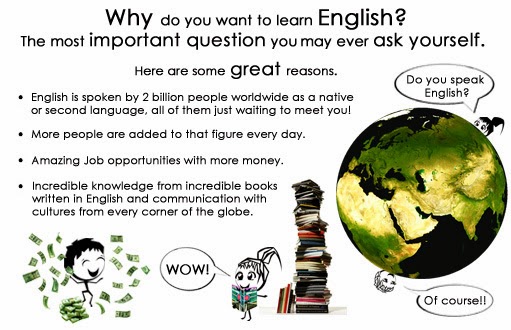 Setting the stage is important. Consider where and how you will sit to make sure all students can see the book. Think about how you can create a sense of comfort and community so that students feel that read-aloud time is a sacred, ritual part of your classroom culture. Also, consider how you want students to sit in order to minimize distractions and maximize their focus on the book.
Setting the stage is important. Consider where and how you will sit to make sure all students can see the book. Think about how you can create a sense of comfort and community so that students feel that read-aloud time is a sacred, ritual part of your classroom culture. Also, consider how you want students to sit in order to minimize distractions and maximize their focus on the book.
2. Plan to read aloud
The key to a successful and powerful read-aloud is careful, deliberate planning. The first step in planning is selecting what to read. Here are some tips for selecting great read-aloud books:
- For emergent, early readers, choose books with powerful illustrations. These not only keep students' attention but also act as scaffolds to help students understand the text.
- Expose students to a variety of genres. We all love reading great picture books with students. However, students also benefit from read alouds of informational text, chapter books, humor, etc.
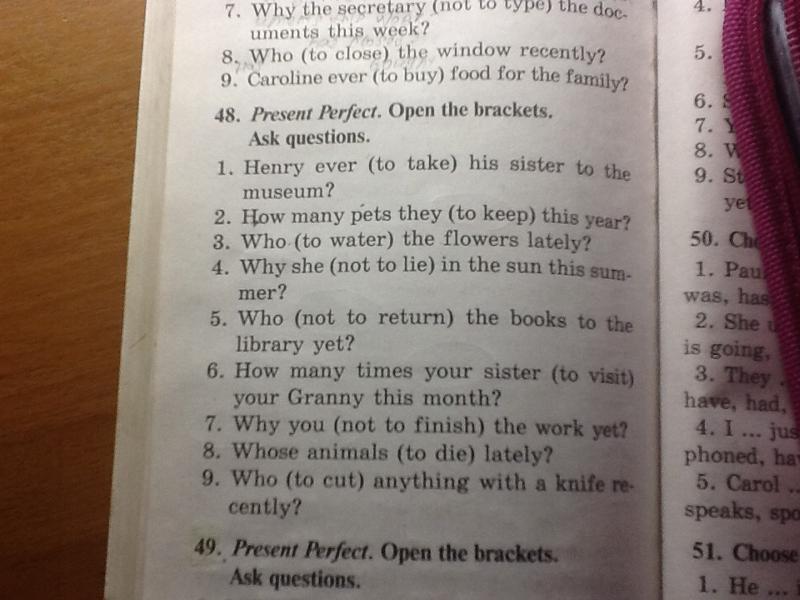
- Use books that develop specific literacy skills such as alphabet books, rhymes, sounds, phonemic awareness, and books that are rich in new vocabulary.
- Choose books that serve as models for writing
- Choose books that offer opportunities for new learning (new vocabulary, new concepts, new ways of thinking)
- Choose books that lead to conversation so that students will have lots to talk and write about after the read aloud
- Choose books from recommended book lists of high-quality literature
- Choose diverse books that reflect the beauty and diversity of our global world
3. Establish a clear purpose
One of the most difficult aspects of planning and executing a read-aloud is focusing in on a single purpose for your read aloud. You can re-read the same book many times for different purposes. Being clear about your purpose will help guide decisions such as which questions you will ask, what think alouds you will plan, and how often you will stop to engage students in the story.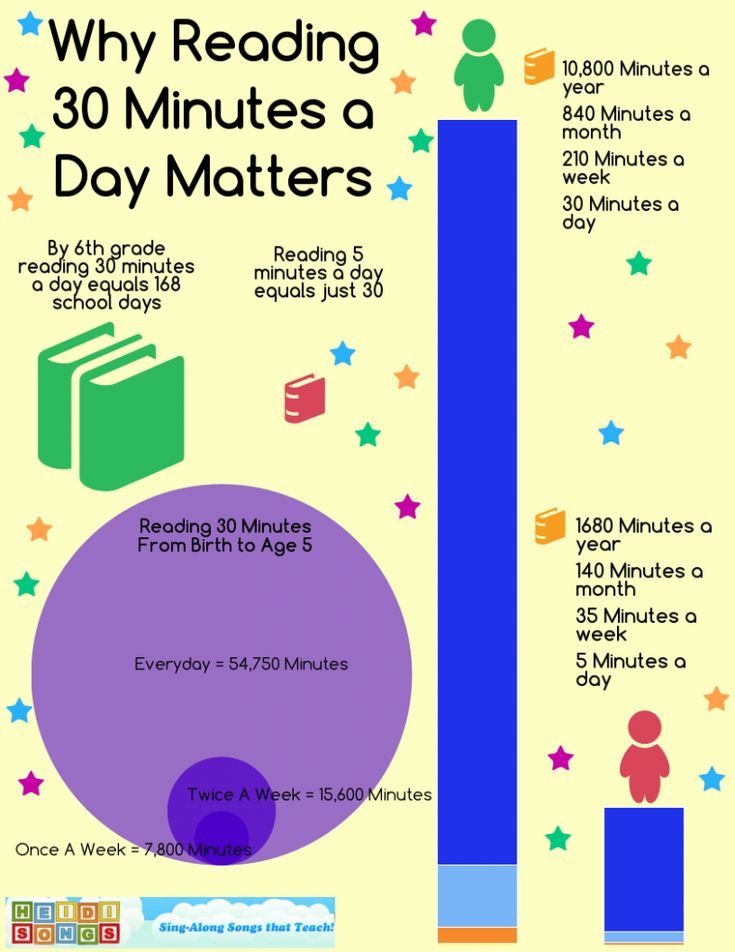
4. Practice before class
Remember, one of the most important goals of a read-aloud is to model fluent reading. Yet, many teachers choose books to read aloud without practicing and as a result, mispronounce names or words, stumble, make mistakes, and are caught off guard by unexpected events in the story (Fisher, Flood, Lapp, & Frey, 2004). Use Post-it notes to plan questions, think alouds, and identify key vocabulary you want to define as you read (see Shedd & Duke, 2008 for additional tips on planning). Use a specific planning template related to your purpose (phonics, vocabulary, comprehension). Find a partner to read with and get feedback before reading to your class. This will help ensure that you can read the book, not just with fluency, but also with animation and expression.
During the read-aloud, be sure to start by explicitly sharing the purpose with students. For example, "We are going to learn new words from our story.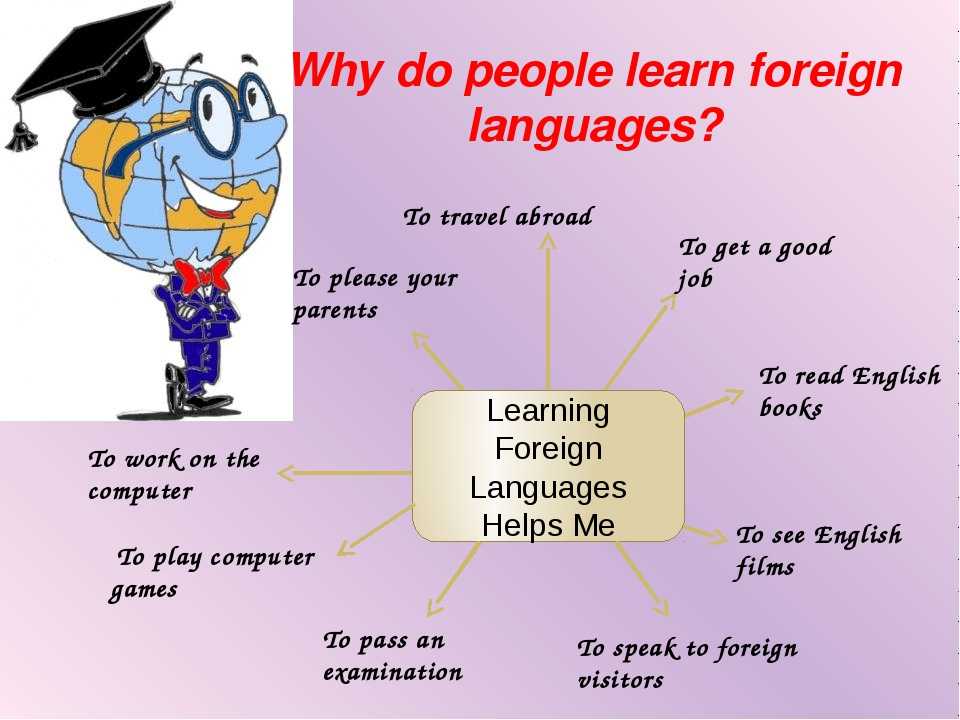 Good readers learn as many words as possible so they can understand the story. After we learn new words, you can use them when you speak and write"(Taylor, 2011, p. 36).
Good readers learn as many words as possible so they can understand the story. After we learn new words, you can use them when you speak and write"(Taylor, 2011, p. 36).
5. Make it interactive!
A good read-aloud is interactive. Involve students in the story by asking them the open-ended questions you prepared, modeling your thinking, asking them to identify letters or words they know, clapping or putting their thumbs up when they hear a special word or a rhyme. Provide quick definitions or synonyms of unfamiliar words that might get in the way of students' comprehending the story.
6. Extending the read aloud
After the read aloud, consider how you can build on this modeling as you release students to guided or independent practice. For example, if your focus was on vocabulary, re-read the pages in the book that had your focus words. Have students repeat the words and engage in examples and non-examples of that word beyond the context of the story. Have the students try to use these new words in their own writing in response to the text. Extending the read-aloud will help avoid what Fisher et al. refer to as "channel surfing...it's like watching a TV when you don't control the remote. Things are happening, but they switch rapidly and don't seem to relate to one another" (2004, p. 14).
Have the students try to use these new words in their own writing in response to the text. Extending the read-aloud will help avoid what Fisher et al. refer to as "channel surfing...it's like watching a TV when you don't control the remote. Things are happening, but they switch rapidly and don't seem to relate to one another" (2004, p. 14).
As we prepare to celebrate World Read Aloud Day on February 1st, I hope these tips help you plan and execute your best read aloud yet!
Happy Reading!
Or how reading aloud affects the human body - "Ingushetia" - online newspaper
So thought the great Russian classic Leo Tolstoy, who often held open readings with his family, and then liked to discuss about what he read. “All those gathered (including the guests of the estate) listened with interest and listened to the power of the word, because how nice it is when reading is a pleasure!” he admiringly made entries in his diary.
Probably everyone remembers how, in childhood, mother or grandmother told us that we should read aloud. So it is better and faster to remember, they thought. But they were right. Scientists have proven that it is with such reading that information is absorbed and remembered much faster. nine0003
So it is better and faster to remember, they thought. But they were right. Scientists have proven that it is with such reading that information is absorbed and remembered much faster. nine0003
Reading aloud is one of the types of reading in which you can work on the expressiveness of the voice, intonation, and reading technique. This type of reading allows you to easily and accurately express thoughts. It also helps to increase eloquence, improve diction, emotional coloring, brightness, correctness of speech. Thus, reading aloud allows you to get rid of tongue-tied tongue, hesitations, slips of the tongue, parasitic words, and other speech shortcomings.
Philologists and medical linguists will easily give a hundred and one reasons for reading books, but it is reading aloud that they will call the most useful and enjoyable pastime. Therefore, for such a useful activity, they came up with a special holiday, which this year was celebrated on March 3, but this date will last not one day, but a whole month. To celebrate it, you do not need to prepare special treats, make costumes or invent decorations. It can be celebrated at home, in a cafe, in a park, in a traffic jam, and even on a desert island. All that is needed is a book or any notorious text that will need to be read aloud, even if no one is around. nine0003
To celebrate it, you do not need to prepare special treats, make costumes or invent decorations. It can be celebrated at home, in a cafe, in a park, in a traffic jam, and even on a desert island. All that is needed is a book or any notorious text that will need to be read aloud, even if no one is around. nine0003
So, let's assume that we already know that it is impossible to imagine our life without reading. But which of these ways of reading: aloud, silently or speed reading - is most useful for individual growth, because they say that reading is different from reading. Let's try to understand this issue and give the comments of several experts working in this direction.
Specialists in the field of educational medicine say that in the process of studying material aloud, three types of memory work. The first is visual memory. A person runs through the material with his eyes, remembers what his eyes see. The second type is called speech memory. A person remembers what his lips say.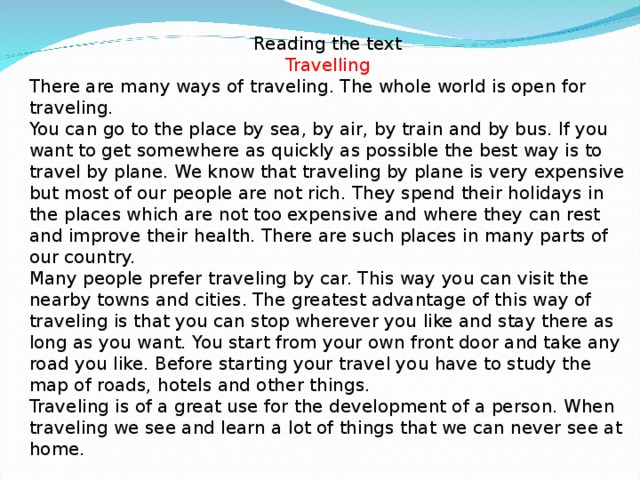 The third type is auditory memory. The ears hear what is said by the mouth, and the heard speech, in combination with other types of memory, is absorbed much better. nine0013 Using all three types of memory, students are able to assimilate voluminous and complex material, while not just memorizing it, but really understanding it. It has been scientifically proven that information read aloud is better absorbed, so teachers in educational institutions often ask their students to read aloud, especially in cases where they do not understand or cannot understand something. Also, reading aloud increases the ability to communicate and develops erudition. This type of reading helps a person become more self-confident. nine0003
The third type is auditory memory. The ears hear what is said by the mouth, and the heard speech, in combination with other types of memory, is absorbed much better. nine0013 Using all three types of memory, students are able to assimilate voluminous and complex material, while not just memorizing it, but really understanding it. It has been scientifically proven that information read aloud is better absorbed, so teachers in educational institutions often ask their students to read aloud, especially in cases where they do not understand or cannot understand something. Also, reading aloud increases the ability to communicate and develops erudition. This type of reading helps a person become more self-confident. nine0003
According to Roza Tomova, deputy director of the Dzheirakh school, throughout March, the focus will be on the word and the book in the schools of the republic. The organizers of the socio-cultural action "International Reading Aloud Month" consider the demonstration of showing reading aloud as a way of interacting with the outside world and as an opportunity to convey one's emotions to another person along with the sounding word as the main goal of the work.
“Of course, you can read a magazine or a newspaper, the latest news from the Internet or popular posts from social networks, but the best thing is a good book,” says Roza Muharbekovna confidently. - It can be science fiction or a detective story, a novel or a fairy tale - choose what you like. You can read to yourself, not embarrassed to express feelings and not being afraid to stumble, but rather with the whole class, passing the baton to each other, sharing your favorite characters and experiences with classmates. nine0003
As it turned out, adults and children are not at all averse to listening when they are read aloud, especially if these are funny poems, instructive fables, excerpts from classical prose. Therefore, teachers in the schools of the republic pay special attention to this month and try to read aloud in all classes. Moreover, for reading aloud, they choose the most relevant, life-affirming works.
“For example, for first-graders of our school, we conducted lessons under one general title “It happens in childhood - fairy tales come to life there,” says Roza Muharbekovna. “The children took turns reading their favorite fairy tales and attentively listening to touching stories about how good triumphs over evil. In the second grades, loud readings “The work of the master is afraid” were held, dedicated to professions. In the senior classes, the students read the famous works of the Ingush classics, which left behind a rich creative heritage. At the same time, the guys felt a sense of pride in their fellow writers when they found out that the books of the Ingush masters of the pen were read not only in Russia, but also abroad. Summing up the high-profile readings, we realized that stories different in their mood and meaning - funny, sad, instructive - set the children in a positive mood and vivid emotions. Therefore, I would like to advise everyone to read for themselves, to read to their children, and best of all, to read with their children!” nine0003
“The children took turns reading their favorite fairy tales and attentively listening to touching stories about how good triumphs over evil. In the second grades, loud readings “The work of the master is afraid” were held, dedicated to professions. In the senior classes, the students read the famous works of the Ingush classics, which left behind a rich creative heritage. At the same time, the guys felt a sense of pride in their fellow writers when they found out that the books of the Ingush masters of the pen were read not only in Russia, but also abroad. Summing up the high-profile readings, we realized that stories different in their mood and meaning - funny, sad, instructive - set the children in a positive mood and vivid emotions. Therefore, I would like to advise everyone to read for themselves, to read to their children, and best of all, to read with their children!” nine0003
As the Ministry of Education told us, the entire school curriculum of Russian educational institutions is designed to teach the rules of grammar and separate reading of words, and in order to effectively teach any skills or academic subjects, according to experts, it is necessary to be able to read aloud with high quality. Humanity has not yet come up with anything more useful for the development and prevention of brain degradation.
Humanity has not yet come up with anything more useful for the development and prevention of brain degradation.
According to Roza Muharbekovna, any lessons should be limited to cramming and teach children to read expressively and aloud, in a different manner, at different volumes, as if making duplicates. nine0003
“For complete clarity, all unfamiliar and incomprehensible words should be looked up in an explanatory dictionary, spelled out and read aloud their interpretation,” she says. “Moreover, you need to learn how to work with a dictionary and various encyclopedic literature from the moment when the child learns to read.”
How to read aloud correctly? With this question, we turned to one of the representatives of the young generation of teachers, Amina Murzabekova, who teaches at the Plievskaya rural school and is engaged in tutoring. nine0003
“First, slowly, at an optimal conversational pace, about 120 words per minute. Secondly, clearly pronouncing the words.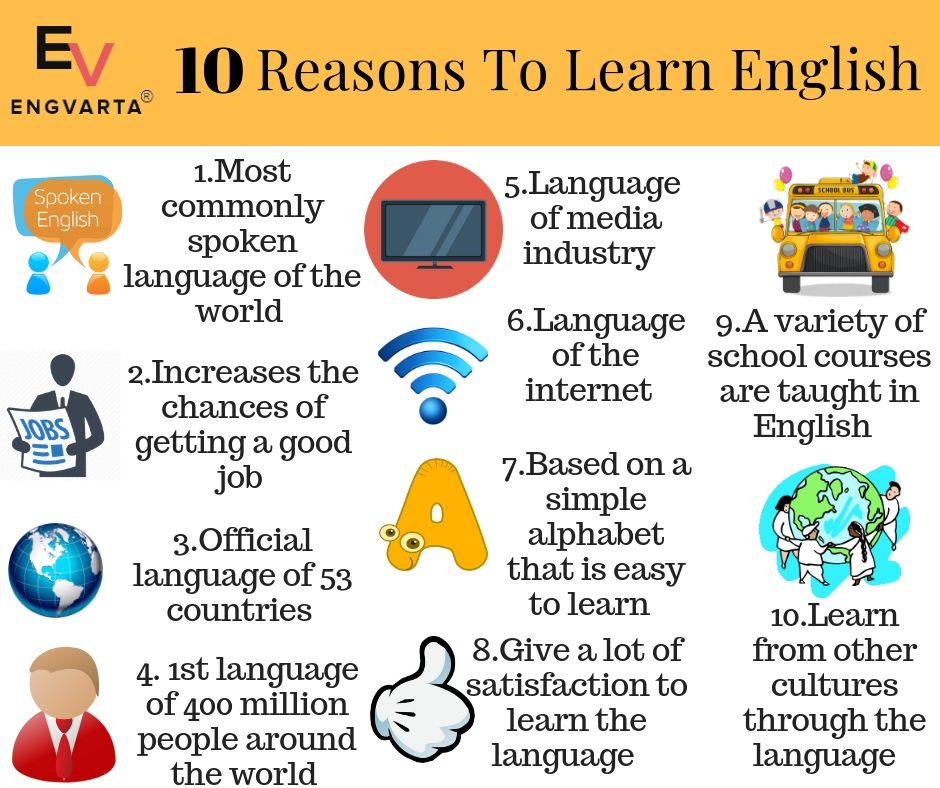 Thirdly, expressively and with arrangement (with accents and pauses). Fourthly, artistically voicing the direct speech of the characters, endowing them with a certain character, ”the teacher concluded.
Thirdly, expressively and with arrangement (with accents and pauses). Fourthly, artistically voicing the direct speech of the characters, endowing them with a certain character, ”the teacher concluded.
Amina Khadzhiumarovna also noted that it is very important to pronounce the text not in a reading tone, but as if you are expressing your own thoughts. “Reading aloud is not about ‘reading’ but about ‘telling’,” she explained. nine0003
What to read? Answering this question, our interlocutor focused on lyrical poems, novels, articles, stories and fairy tales for children.
“But it is better to choose those works that, from your point of view, are beautifully presented, contain a rich vocabulary and useful information. And the more the better. Optimal - half an hour a day, then literally in a month you will see obvious results - rough speech will become smoother, and you will easily select the right words to express your brilliant ideas, ”she said. nine0003
Of course, oral reading develops speech.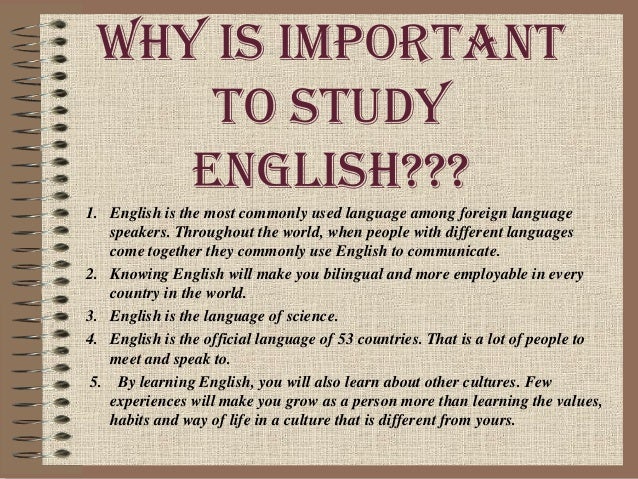 But only in the process of reading aloud does the child hear and listen to himself, which allows him to memorize new words and turns of speech. He understands how to pronounce this or that word, where to put the speech stress and with what other words it can be used.
But only in the process of reading aloud does the child hear and listen to himself, which allows him to memorize new words and turns of speech. He understands how to pronounce this or that word, where to put the speech stress and with what other words it can be used.
The fact is that in the process of reading out loud, the teacher can always stop the child and correct him if he pronounces a word incorrectly. You can also discuss the meaning of what you read after you finish reading. Thus, the child will learn to understand the text. This skill will be useful to him in absolutely any job. These abilities will also be useful to an adult. nine0003
By the way, television and radio workers, especially announcers, say that it is very useful to record readable text on a voice recorder. Subsequent listening to it helps to notice some of the nuances of speech from the outside - both advantages and disadvantages that a person usually does not notice in the process of reading. Such feedback allows you to correct speech and improve its quality.
Psychologists believe that reading is the main process that contributes to the formation of personality at all stages. From the cradle, when a child hears the voices of parents reading aloud to him, and in adulthood, when a person overcomes various crises and grows spiritually. nine0003
From an evolutionary point of view, the ability to read is a clear addition to the already existing structures of the brain. It turns out that most of the higher areas of the brain are involved in reading. So, reading can be considered as the best exercise for keeping the brain “in shape”.
It has long been proven in the laboratories of the World Health Organization that the brain of a person who can read works in a markedly more complex way than the brain of an illiterate person. Moreover, the brain of a person who practiced reading in childhood is better able to activate all its resources than the brain of a person who learned to read and write as an adult. nine0003
If, when reading to yourself, the main part of the information is perceived by the brain as "garbage", unnecessary and quickly erased or stored in places inaccessible for reproduction, then loud reading makes it possible to master the skill of easy and accurate expression of thoughts, "provokes" a constant increase in vocabulary , mastering good intonation and correctness of speech.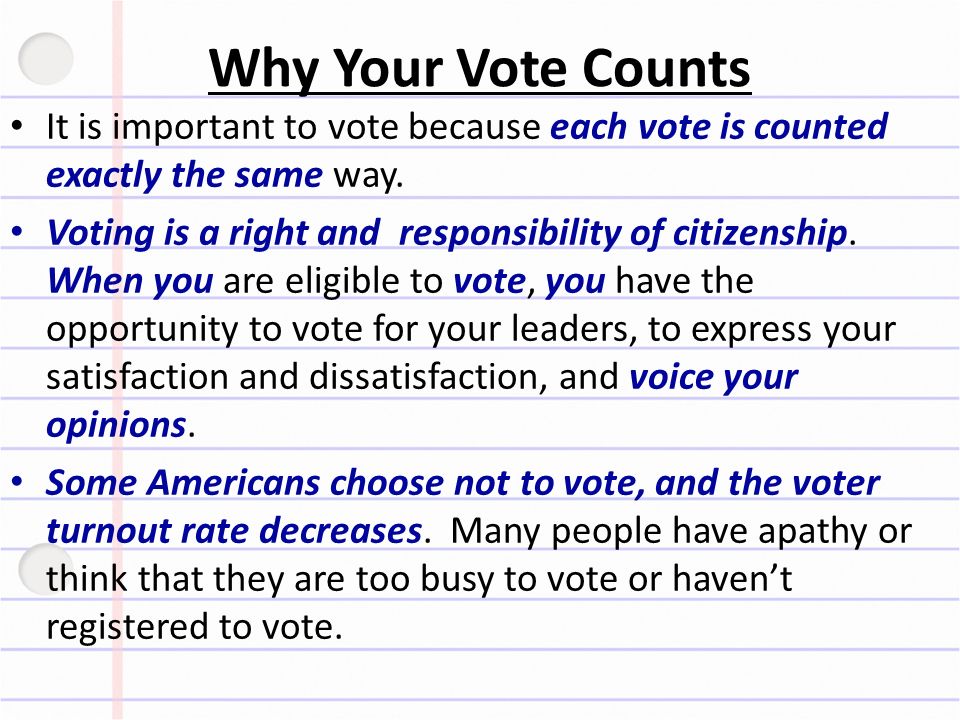
Thus, we can safely say that reading is one of the best exercises that allows you to keep the whole brain in shape. This is all the more important, given that such competitors to reading as “educational” computer games have shown themselves to be very dubious “trainers for the mind”. nine0003
In order to understand why it is so important to read aloud from a medical point of view, we turned to a doctor who practices diseases of the speech apparatus. Amirkhan Gostemirov, an ENT doctor with extensive experience, noted that reading aloud is one of the best exercises for treating complex pathologies of the maxillofacial region.
“This is one of the few activities that activate almost all parts of the brain at the same time, and the most budgetary tool for the prevention of neurosis, depression, memory impairment and even Alzheimer's disease,” said the doctor. - By practicing oratory, you will at the same time improve blood circulation in the vessels of the head, activate the most important nerve pathways and thereby ensure the smooth functioning of the brain for many years. I think it is not necessary to be a doctor to understand that when reading aloud, we not only develop correct speech, memory and enrich our vocabulary, but also normalize the work of the entire maxillofacial apparatus. But, as you know, in the conditions of the modern rhythm of life, there is practically no time left for reading aloud, but this is a very useful activity! Suffice it to say that even children to whom parents read books aloud from an early age, speak better, write more competently and absorb information faster. nine0003
I think it is not necessary to be a doctor to understand that when reading aloud, we not only develop correct speech, memory and enrich our vocabulary, but also normalize the work of the entire maxillofacial apparatus. But, as you know, in the conditions of the modern rhythm of life, there is practically no time left for reading aloud, but this is a very useful activity! Suffice it to say that even children to whom parents read books aloud from an early age, speak better, write more competently and absorb information faster. nine0003
Will "loud" reading help get rid of accents or severe speech impediments? We asked this question to the highest category general practitioner Toma Tsoloeva, who answered that, of course, this is so.
“Reading is the most powerful tool for correcting speech defects such as burr, stuttering, deep voice, regional or foreign accent,” Dr. “And by the way, reading aloud is the best way to fall asleep if you have mild insomnia. Your own monotonous speech lulls you better than any melodic tunes from outside.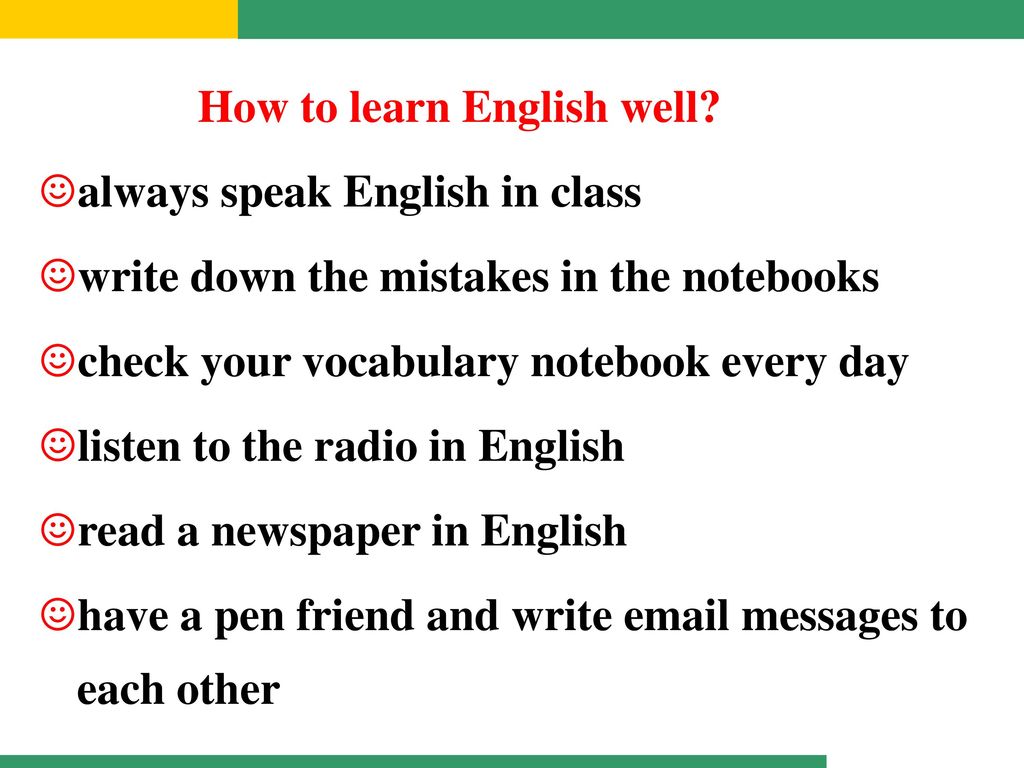 Just keep in mind that not all literature is suitable for reading at night: these should be such works of a lyrical nature that can have an emotionally calming effect. Essays are perfect, poetry, of course. Stories full of savory fantastic descriptions are going well. Occasionally - something philosophical, but concise. nine0003
Just keep in mind that not all literature is suitable for reading at night: these should be such works of a lyrical nature that can have an emotionally calming effect. Essays are perfect, poetry, of course. Stories full of savory fantastic descriptions are going well. Occasionally - something philosophical, but concise. nine0003
As a result, we can say that the long-term practice of various projects shows that it is reading aloud that has a powerful synergistic effect on the interaction of different parts of the brain at the moment of reading aloud: the visual, auditory and motor parts work simultaneously. The more diverse sources of information, the faster and more accurately the details are remembered. General conclusion: a constant reading exercise not only improves this very reading and broadens one's horizons, but also increases the efficiency of the brain in almost all areas of human activity. nine0003
It is believed that from birth, a child should be spoken to in their native language, expressively, dramatically and emotionally. And as he grows up, it is necessary to teach him to read aloud expressively as soon as possible. Definitely listen! Moreover, learning to read should begin at the age of three.
And as he grows up, it is necessary to teach him to read aloud expressively as soon as possible. Definitely listen! Moreover, learning to read should begin at the age of three.
Every child begins learning to read by aloud trying to put syllables into words. This process may seem simple to us, but in fact it affects several parts of the brain and requires a lot of effort from preschoolers. To master the skill of reading, children have to learn to correlate printed and sounding words, train auditory and visual memory, and concentrate on the task at hand for much longer than they are used to. But if everything goes well and adults support them, and do not rush them, then changes in intellectual development gradually become noticeable: vocabulary increases and horizons expand, attention opportunities increase, speech sounds more fluent and correct, and the child himself begins to better understand and remember that what they say to him. nine0003
Properly selected books also contribute to the development of emotional intelligence. Worrying about their favorite characters, preschoolers and younger students get acquainted with the manifestations of various emotions and begin to notice them more often in themselves and others, which subsequently makes it easier for them to communicate with peers and relatives.
Worrying about their favorite characters, preschoolers and younger students get acquainted with the manifestations of various emotions and begin to notice them more often in themselves and others, which subsequently makes it easier for them to communicate with peers and relatives.
It would be good if at first the children had the opportunity to take turns reading with the rest of the family. In this way, they will learn not only to love books and read with expression, but also to listen carefully to other people. nine0003
Reading aloud helps parents instill in their children a love of books, discuss many important issues, and make family relationships warmer and more trusting. And although most often adults stop reading to children when they have already learned to do it on their own, most schoolchildren fondly recall this type of joint leisure.
Thus, according to Russian researchers, more than 80% of high school students admitted that they loved or still love when people read to them.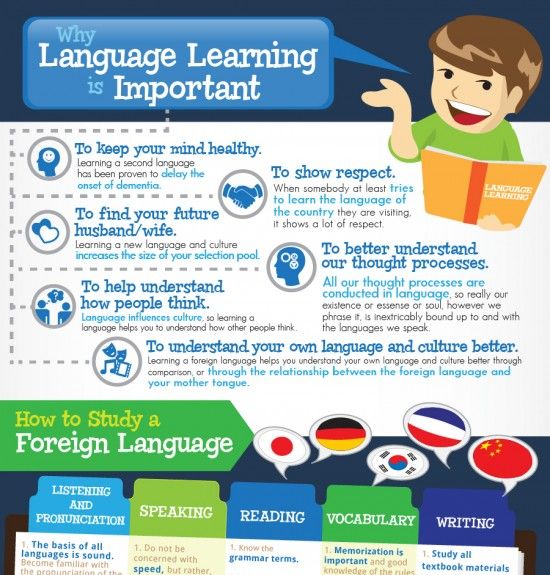 This suggests that such moments are very important for a child. Because this is his cherished time when he is alone with his parent. This is only their time, into which a call from work and no one else can break in. Just you and your baby. It is worth remembering that when you read your favorite fairy tale to a child, he feels your care and love. In addition, the baby will fall asleep faster. nine0003
This suggests that such moments are very important for a child. Because this is his cherished time when he is alone with his parent. This is only their time, into which a call from work and no one else can break in. Just you and your baby. It is worth remembering that when you read your favorite fairy tale to a child, he feels your care and love. In addition, the baby will fall asleep faster. nine0003
However, modern mothers and fathers are so busy at work that when they come home, they often do not have the strength to read. A good option would be reading a child for you. If you are very tired, or maybe it was a hard day, the mood is completely spoiled, then ask your child to read his favorite fairy tale for you. Believe me, it will be pleasant for both you and the child. And for him it will also be very useful.
Meanwhile, reading aloud regularly is useful not only for children, but also for adults. And for each age, “loud” reading has its own advantages. This method of getting to know a good book allows you to feel every metaphor, every quirk of the author, every emotion. Suddenly you begin to understand how melodious and smooth speech turns out to be in books with good style. nine0003
Suddenly you begin to understand how melodious and smooth speech turns out to be in books with good style. nine0003
A big plus of reading aloud is gesticulation. When reading to yourself, you are unlikely to try to gesticulate with your free hand, but when a person reads not to himself, the movement of the hand or facial expressions occur involuntarily. The hero grabs his head - and you yourself involuntarily put your hand on it. He speaks of someone with contempt - and the hand makes a dismissive gesture. All this happens spontaneously, and therefore sometimes it begins to seem that in the past, by reading quietly and sitting quietly, we were depriving ourselves of some important share of the pleasure of the book. nine0003
It is difficult to overestimate the benefits of reading for teenagers, because without reading it is impossible to form a harmonious person. Reading aloud at least sometimes, teenagers not only seriously improve their memory and thinking, but also broaden their horizons and develop other cognitive processes: they learn to love, evaluate actions, empathize, trace cause-and-effect relationships between any events, analyze actions, forgive, etc. The most effective reading of "adult" books, especially the works of Russian classics. nine0003
The most effective reading of "adult" books, especially the works of Russian classics. nine0003
For many people, there is nothing better than sitting in their favorite rocking chair, picking up an interesting book and immersing themselves in reading, while moving away from all problems and worries, because reading is a great way to fill free time, instead of killing it mediocre . If you want to make your speech smoother and more expressive, then reading aloud should take at least half an hour a day. It is recommended to read slowly, pronouncing phrases and words well, expressively placing accents and pauses. nine0003
Of course, whether to read or not is the choice of absolutely every person. The main thing is to properly organize your free time and spend it with pleasure. But considering that there is no more useful activity than reading a book, develop this useful habit in yourself, and your speech will always be in excellent shape and continuous improvement.
Why is it more useful to read aloud than to read silently? - Education on vc.
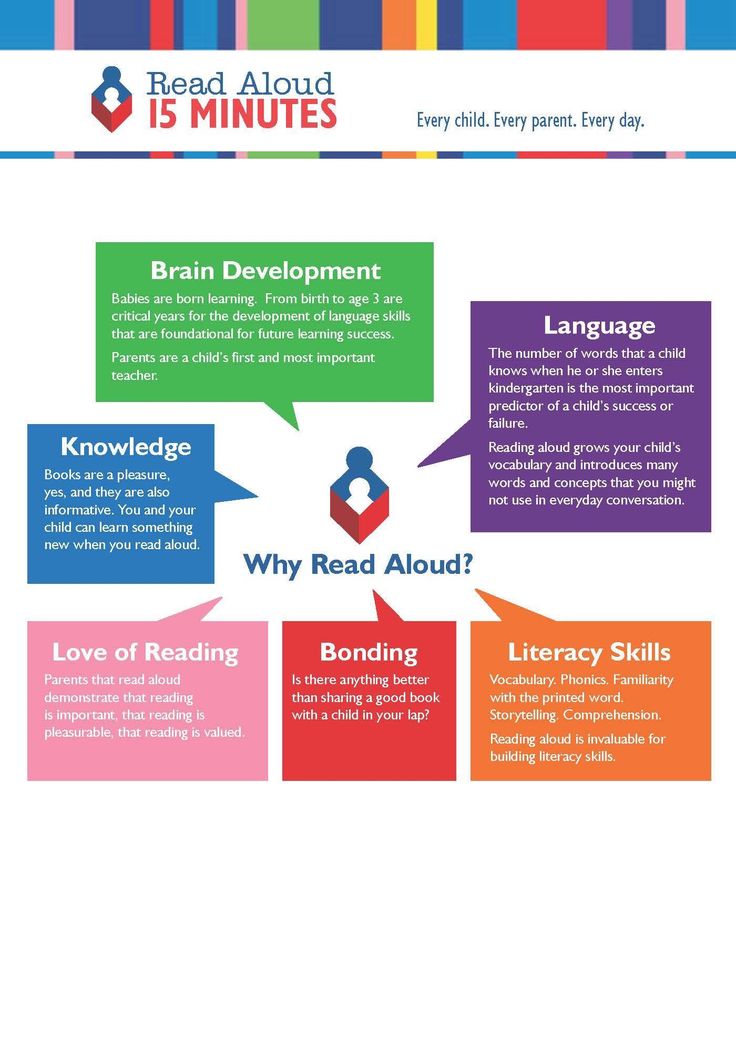 ru
ru Each of us knows perfectly well that the habit of reading books pumps a person on all fronts, but at the same time, one must understand well that reading can be different. For example, fluent and inattentive, for example, when you are eating in a subway car, or thoughtful and artistic, when you are in comfortable conditions and say the lines of the characters of the story aloud. nine0003
2391 views
It turns out that there is a big difference between these two types of reading, and the second category of literature lovers gets more from books than the first. It is clear that we do not always have the opportunity to gather an interested group of people around us and begin to recite poems from a book to her. However, from time to time, each of us simply needs to look for opportunities for such practice.
And yet, why is it useful to read, and why is it especially useful to read aloud? nine0003
1. Memory training
It should be noted right away that reading “to oneself” noticeably differs from reading aloud in many ways.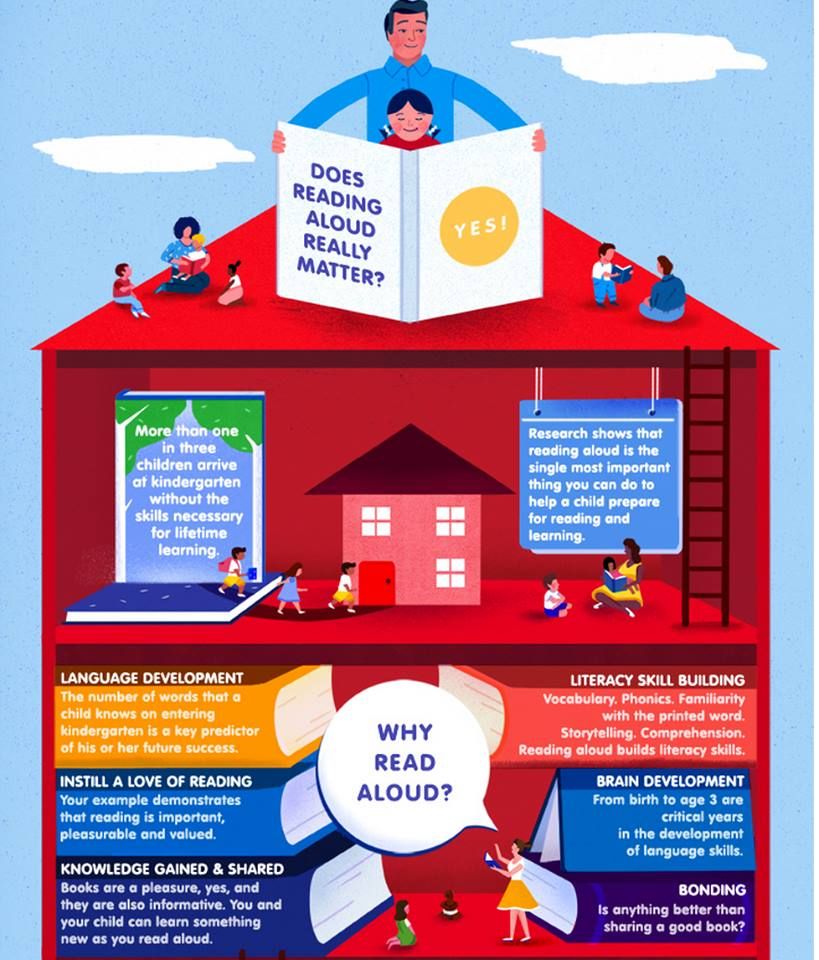 For example, while reading aloud, we are much more focused on the material and are not distracted by extraneous stimuli.
For example, while reading aloud, we are much more focused on the material and are not distracted by extraneous stimuli.
Thus, we are able to better absorb the material and memorize the plot subtleties of the work. Moreover, what is read aloud is processed by our brain three times. Firstly, he pays attention to visual information, secondly, he needs to cope with the auditory data stream and, thirdly, the so-called "muscle" information is taken into account based on the movements of the lips and tongue. nine0003
It is thanks to this method of obtaining information that we have a much greater chance of remembering and assimilating what we have read, because at this time three areas of the brain are involved at once - visual, auditory and motor cortex.
2. Vocabulary development
When we read to ourselves, we usually move through the material faster than when reading aloud. That is why we often ignore many incomprehensible words and expressions, not wanting to stop the process of absorbing information.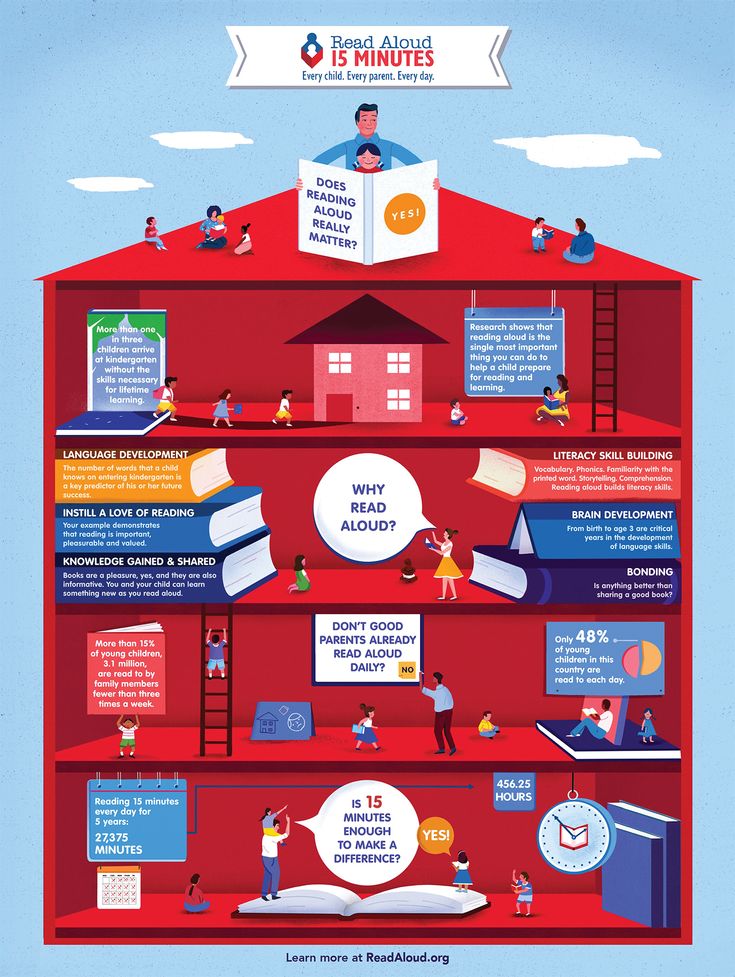 nine0003
nine0003
However, when we read aloud and we come across incomprehensible words, we not only have a need to find out their meaning and understand how they are pronounced, but also to explain them to the person who is listening to us (if there is one).
According to a 2015 study by researchers at the University of Montreal, people remember new words much better when they explain them to someone else. To do this, the researchers conducted an experiment with the memorization of words, in which students participated. nine0003
According to its results, young people who read new words to others remembered the information much better than those who read "to themselves" or even aloud.
3. Developing acting skills
To hone their professionalism, film and theater actors constantly read aloud. Thus, they work with the interpretation and presentation of the text, train intonations, voice timbre and non-verbal signs.
Any other person, be it a child, a teenager or an adult, should act in the same way, because this is how charisma is pumped, the ability to behave in public and influence other people.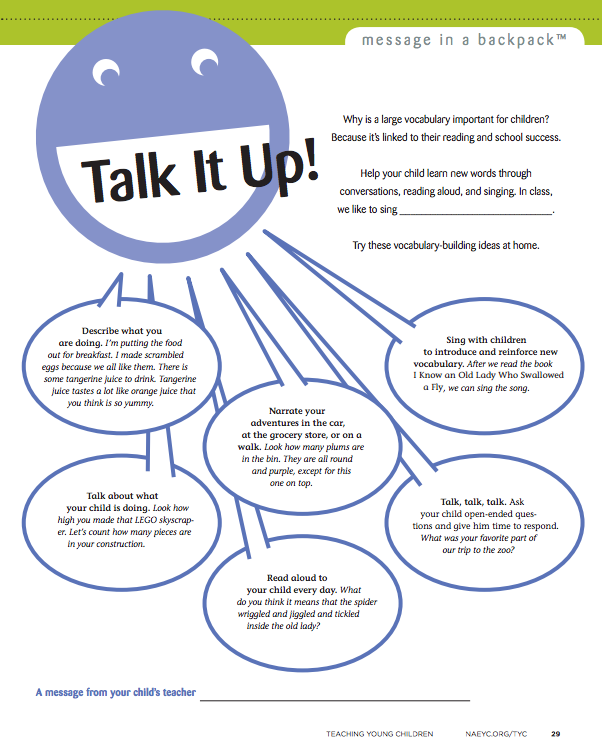 nine0003
nine0003
In fact, a daily practice of 15 minutes is enough to start with, and after a couple of weeks you will feel tangible results. Your speech will change, and at the same time your self-confidence will be pumped.
This is especially useful for those who regularly face public speaking, or simply often communicate with people on official duties.
4. Improving diction
A separate point here is the improvement of diction, which many people pay not so much attention to, but should be. For the development of speech, reading aloud is the most powerful tool, which at the same time is quite informative. nine0003
Good diction is useful in any situation where at least minimal social interaction is required - from trips to the state authority, where you need to explain yourself to intractable officials, to queuing at the store at the moment when you need to remind others about the need to maintain social distance.
5. Relieve stress
It turns out that reading books (especially aloud) helps a person cope with stressful situations and anxiety. What's more, reading aloud with another person can help relieve migraines and even back pain. This is evidenced by a study by scientists from the University of Liverpool. nine0003
What's more, reading aloud with another person can help relieve migraines and even back pain. This is evidenced by a study by scientists from the University of Liverpool. nine0003
Through their observations, they found that reading books together helped to cope with chronic pain even better than the cognitive behavioral therapy that is so popular these days.
To do this, the researchers conducted an experiment in which people with pain got together weekly by 10-12 people to read and think about how what they read related to their experience.
Through this practice, they managed to distract themselves, recall pleasant memories and learn to deal with their emotions. nine0003
6. The practice of imaginative thinking
Reading books causes our brain to be active in the moments when there is a description of visual images and, in general, certain actions. This process helps us imagine what these events would actually look like.
In other words, reading books makes us pump our imagination, creating new images.